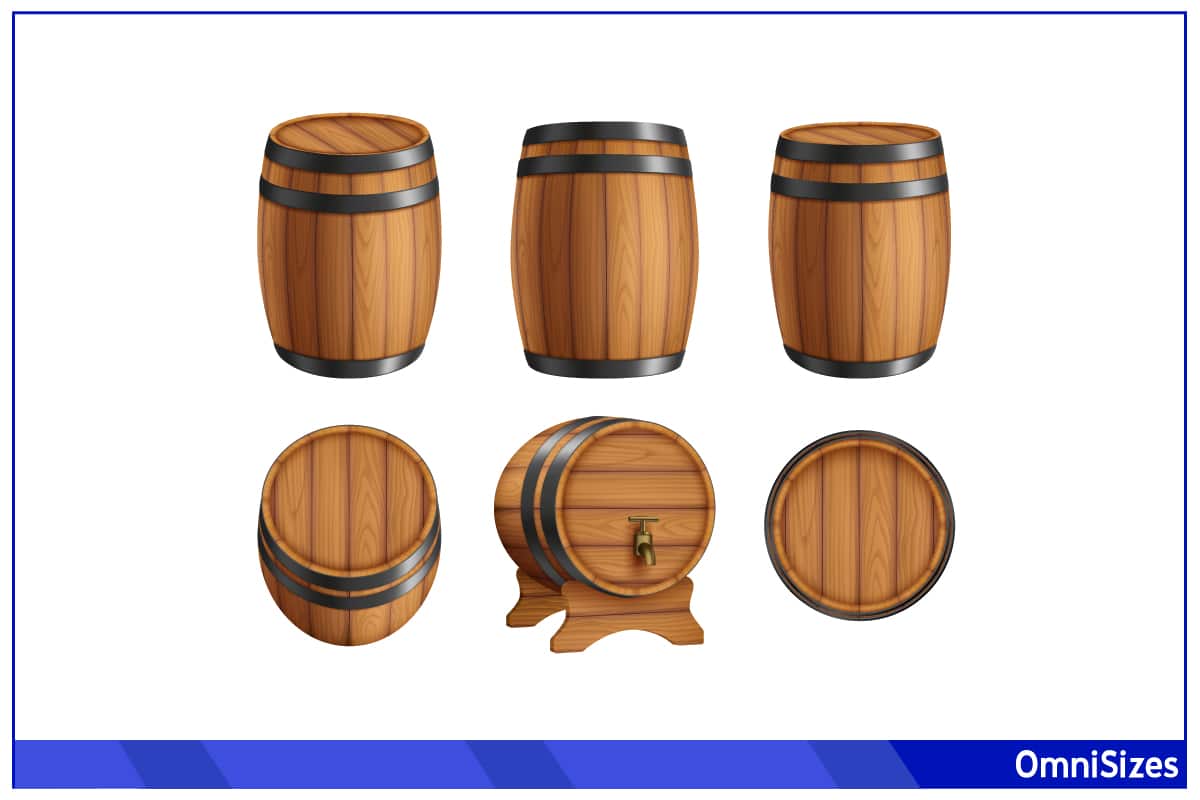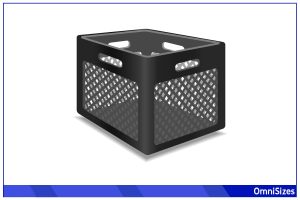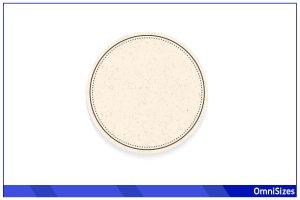Wine barrels have been an integral part of winemaking for centuries. The concept of wine barrel dimensions is about tradition, technology, and the subtle art of winemaking. These barrels come in various sizes and shapes, with each serving a specific purpose in the wine’s journey from grape to glass.
Typical wine barrel dimensions vary, but a standard size is 59 gallons, measuring approximately 40 inches in height and 30 inches in diameter. This size, equivalent to about 225 liters, is chosen for its balance between wine volume and the surface area inside the barrel, which can affect the wine’s aging process and flavor development.
This guide will describe wine barrel dimensions in greater detail, as well as the various types of wine barrels and what you can do with old wine barrels in your possession.
Standard Wine Barrel Dimensions
Wine barrels, essential in the winemaking process, come in various sizes, but some dimensions are more commonly used than others. The size of a barrel determines the wine’s character, as it influences the aging process and the flavor development.
The Basics: What Constitutes a Standard Wine Barrel
A standard wine barrel typically holds 59 gallons, which is about 225 liters. This translates to roughly 36 inches in height and 27 inches in diameter. Of course, wine barrels come in a variety of sizes, such as the 219,000-liter Heidelberg Tun.
Comparing Wine Barrel Sizes: Bordeaux vs. Burgundy Barrels
The most recognized barrel sizes come from France—Bordeaux and Burgundy barrels. Bordeaux barrels, known for aging bold red wines like Cabernet Sauvignon and Merlot, hold about 59 gallons (225 liters). They are slightly taller and narrower compared to Burgundy barrels, which have a capacity of about 60 gallons (228 liters) and are traditionally used for Chardonnay and Pinot Noir.
Dimensions Breakdown: Height, Diameter, and Volume
The height and diameter of a barrel influence its storage capacity and how it fits in a cellar. A standard Bordeaux barrel measures around 40 inches in height and 30 inches in diameter, whereas a Burgundy barrel is typically 35 inches in height and 28 inches in diameter. The volume, measured in gallons or liters, determines how much wine the barrel can hold and how much surface area of the wine is in contact with the wood.
Types of Wine Barrels
In the intricate world of winemaking, the type of barrel used shapes the flavors and characteristics of the final wine. Let’s explore the various types of wine barrels and how they contribute to the art and science of crafting exceptional wines.
1. Traditional Oak Barrels
Oak barrels have long been the go-to choice for winemakers, imparting unique flavors and aromas to the wine. French and American oak barrels are the most prevalent. French oak tends to offer subtle flavors of vanilla and spice, ideal for delicate wines like Chardonnay. On the other hand, American oak provides more pronounced notes of coconut and dill, complementing bolder reds like Cabernet Sauvignon.
2. Alternative Woods
Chestnut, acacia, and cherry wood barrels bring distinct flavors to the wine. Chestnut adds a touch of sweetness, acacia imparts floral and nutty notes, while cherry wood contributes a fruity complexity. Winemakers now have a palette of wood options to craft wines with diverse and intriguing flavor profiles.
3. Stainless Steel and Concrete Barrels
In recent years, winemakers have embraced stainless steel and concrete barrels as alternatives to traditional wooden ones. Stainless steel barrels maintain the wine’s purity, allowing the true fruit flavors to shine. Concrete barrels, with their porous nature, contribute a subtle texture and enhance the wine’s minerality.
How Barrel Size Affects Wine
The size of a wine barrel may seem like a simple detail, but it wields a profound influence on the taste, aroma, and overall quality of the wine it cradles.
Surface Area and Volume Ratio
One of the critical factors influenced by barrel size is the surface area-to-volume ratio. Smaller barrels, such as 225-liter barriques, have more surface area relative to the wine they contain. This increased exposure to wood accelerates the aging process, infusing the wine with flavors and aromas more quickly. Larger barrels, like 500-liter puncheons, have a lower surface area-to-volume ratio, resulting in a slower aging process and subtler wood influence.
Flavor Profiles
The size of the barrel contributes distinct flavors to the wine. Smaller barrels impart more intense oak flavors, including notes of vanilla and spice. This makes them suitable for wines that benefit from a robust oak character, such as certain Chardonnays and red blends. In contrast, larger barrels allow for a gentler integration of oak, emphasizing the wine’s natural characteristics.
Maturation Process
Beyond flavor, barrel size affects the maturation process of the wine. Smaller barrels expose the wine to oxygen more rapidly, facilitating oxidation and resulting in wines with softer tannins. This is often desirable for red wines, promoting a smoother mouthfeel. Larger barrels, with their slower oxygen exchange, preserve freshness and acidity, making them suitable for wines where structure and aging potential are paramount, such as certain white wines.
DIY Projects with Old Wine Barrels
Repurposing old wine barrels opens up a world of creative possibilities. Discover how you can transform these discarded barrels into functional and stylish DIY projects that breathe new life into your home and garden.
1. Wine Barrel Furniture
Old wine barrels can be upcycled into unique furniture pieces that exude timeless elegance. Create a wine barrel table by simply adding a tabletop to the barrel, or fashion barstools by cutting the barrel in half and adding a comfortable seat.
2. Wine Barrel Planters
Turn a wine barrel into a planter to elevate your garden’s aesthetic. Cut the barrel in half, fill it with soil, and plant your favorite flowers or herbs. The rustic appearance of the barrel adds character to your outdoor space while providing a functional home for your plants.
3. Wine Barrel Wine Rack
Give your wine collection a stylish home by crafting a wine barrel wine rack. Cut the barrel horizontally, creating individual wine bottle slots. This DIY project not only provides a unique storage solution but also adds a touch of vineyard flair to your home. Showcase your favorite bottles in a conversation-starting wine rack made from repurposed barrels.
4. Wine Barrel Dog Bed
Spoil your furry companion with a cozy wine barrel dog bed. Cut the barrel to size, add a plush cushion, and create a stylish retreat for your pet. This DIY project not only repurposes old barrels but also provides your dog with a comfortable and charming bed. It’s a win-win for both you and your four-legged friend.






